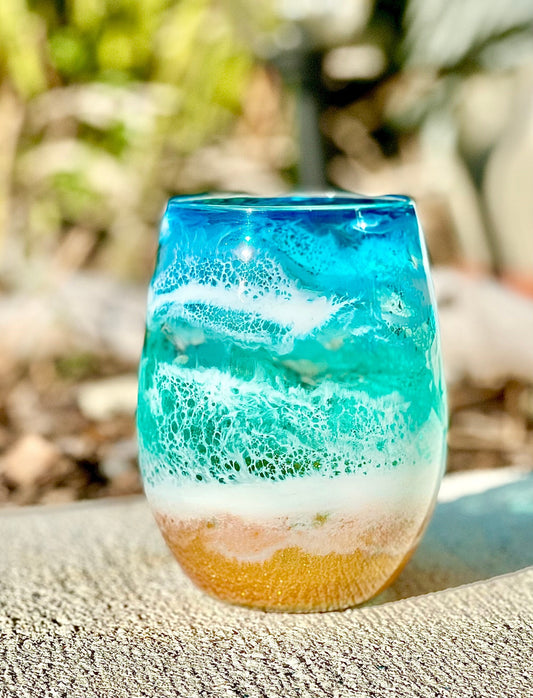The mermaid, a mystical creature that has captured human imagination for centuries, remains a subject of fascination and debate. Among the most enthralling aspects of mermaid lore are the alleged discoveries of mermaid skeletons worldwide. These findings blend mythology with reality, offering a tantalizing glimpse into a world where fantasy might just intersect with our own. In this article, we explore various claims of mermaid skeleton discoveries, delve into their fascinating stories, and examine the anatomy of these mythical beings. Additionally, we'll look at the contemporary use of mermaid skeletons in parties and decor, underscoring the enduring allure of these siren mermaids.
Global Discoveries of Mermaid Skeletons
-
The Scottish Tale of 1830: In the small coastal village of Benbecula, Scotland, a group of people claimed to have witnessed a mermaid. Following a violent storm, a skeleton resembling the mythical creature was reportedly found. The discoverer, a local fisherman named Angus MacPhearson, described it as having a fish-like lower body and a human-like upper body, igniting a flurry of excitement and skepticism.
-
Japan's Mermaid of Himuro: In Himuro, a remote Japanese village, an ancient mermaid skeleton has been revered for generations. Found by a fisherman named Takumi Nakamura in the late 1700s, this skeleton is displayed in a local temple and is believed to bring good fortune and protection from disasters.
-
The Fiji Mermaid of 1842: Perhaps the most famous case, the Fiji Mermaid, presented by P.T. Barnum in his American museum, was claimed to be a genuine mermaid skeleton. Later revealed to be a clever fabrication combining monkey and fish parts, it nonetheless fueled public imagination and debate about the existence of mermaids.
Anatomy of the Mermaid Skeleton
Enthusiastically exploring the anatomy of a mermaid skeleton reveals a fascinating blend of human and aquatic features. Typically, the upper part resembles a human, with a skull, spine, and rib cage similar to ours. The lower part diverges into a fish-like tail, complete with vertebrae that would allow for powerful swimming. The pelvic area is often ambiguous, bridging the two halves of this mythical anatomy. Intriguingly, some skeletons also feature rudimentary gills or fin-like structures on the ribs, suggesting an adaptability to both land and sea.
Mermaids in Modern Culture: Parties and Decoration
Today, the mermaid skeleton has transcended its mythical origins to become a popular motif in parties and home decor. The intrigue and mystery surrounding siren mermaids make them a hit at themed events, from Halloween parties to beachside celebrations. Lifelike mermaid skeletons, often made from resin or plastic, are used to create an enchanting, mystical atmosphere. They are adorned with shimmering fabrics, beads, and even LED lights to mimic the bioluminescent glow of deep-sea creatures. In home decor, small mermaid skeleton figurines are popular for adding a touch of whimsy and maritime mystery to any setting.
The mermaid skeleton, a fusion of myth and reality, continues to captivate our imagination. From the historical claims of their discoveries to their role in modern celebrations and decor, these siren mermaids symbolize a bridge between the known world and the mysteries that lie beneath the waves. Whether as a subject of folklore, a centerpiece at a party, or a charming home decor item, the mermaid skeleton remains an enduring symbol of the enchanting mysteries of the sea.





